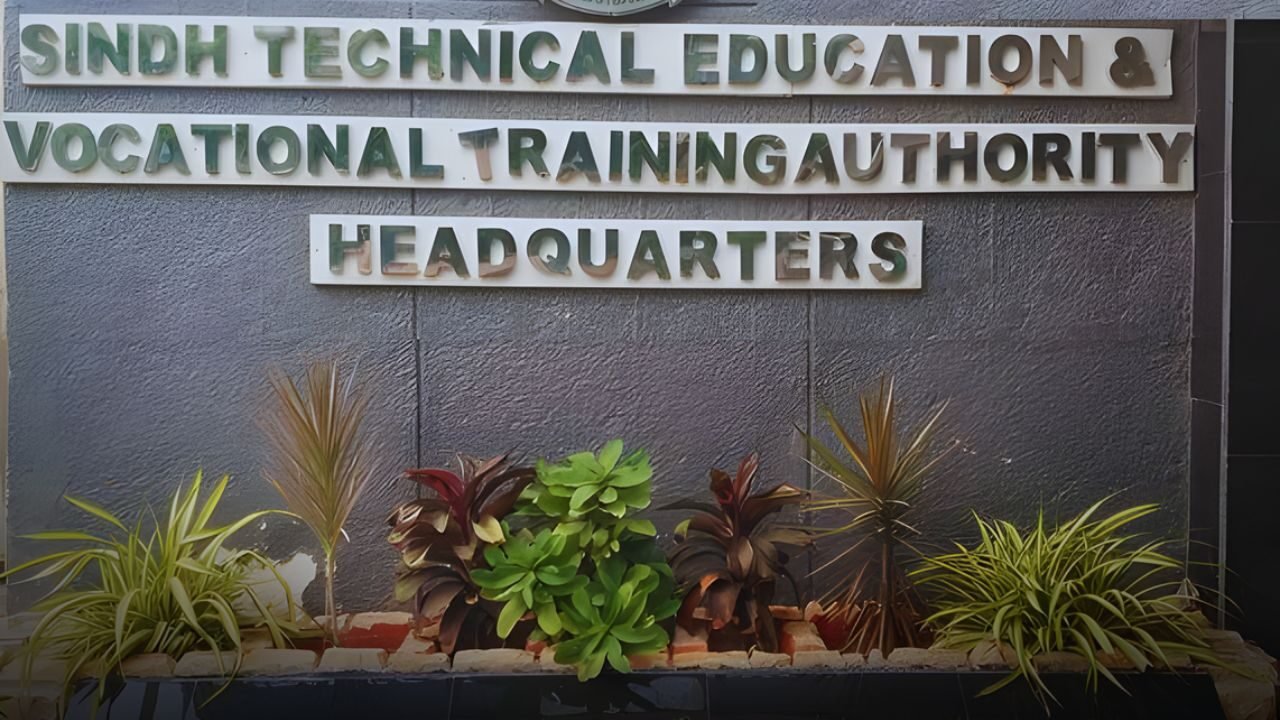By Ahmed Khan Malik
Sindh’s technical and vocational education system is under the spotlight as industrial leaders, educators, and policymakers warn that the Sindh Technical Skills Gap is holding back economic growth and limiting job opportunities for youth.
Understanding the Sindh Technical Skills Gap
Despite heavy investments in training centers, public technical institutes, and skill development schemes, stakeholders say the system remains largely misaligned with the practical needs of local industries.
According to stakeholders, most technical institutes continue to rely on outdated curricula that have not been revised in years. Courses in mechanical, electrical, textile, and IT-related trades often fail to incorporate the modern tools, software, and machinery currently used in factories. As a result, graduates enter the job market without the competencies employers expect.
Outdated Curricula and Its Impact on Industries
Industrialists in Karachi’s SITE, Korangi, and Port Qasim industrial zones told this reporter that this mismatch is not new, but has become more severe as industries adopt more automated processes. “Most young job seekers coming to us with diplomas cannot operate the latest CNC machines, industrial automation tools, or textile quality-control equipment,” said Habib Anwar, a Korangi-based manufacturer. “We end up spending months retraining them, which raises our costs. The system should prepare them before they arrive.”
Industry Challenges with Unprepared Graduates
He also pointed out a lack of coordination between industry and education authorities. While many countries rely on industry-led advisory boards to continuously update vocational programs, Sindh’s system has struggled to build such partnerships.
He said that industry’s suggestions for curriculum updates, apprenticeships, and testing standards often do not translate into actual reforms.
A Sindh Technical Education and Vocational Training Authority (STEVTA) official, who requested anonymity, admitted that bureaucratic hurdles delay curriculum changes. “We need a stronger mechanism for hearing the industry’s voice,” the official said. “Our institutes cannot continue teaching technology that factories stopped using years ago.”
Shortage of Qualified Instructors and Resources
Another growing concern is the shortage of qualified instructors. Many teachers in government-run technical institutes have not received professional development or training in the latest industrial technologies. Some institutes also face long-standing vacancies, outdated equipment, and insufficient budgets for upgrading labs.
Private technical centers have tried to fill the gap, but their quality varies widely, and many lack accreditation.
Sindh’s industries argue that the provincial economy is paying the price. Pakistan’s declining textile exports, slow pace of industrial modernization, and reliance on imported technicians for specialized roles are all symptoms of an underlying talent shortage.
“We lose competitiveness when we cannot find skilled local workers,” said Javed Bilwani, Patron-in-Chief of the Pakistan Apparel Forum.
Proposed Reforms to Close the Skills Gap
To address the issue, he recommended a comprehensive overhaul of technical training models in Sindh. Suggestions include forming industry–institute advisory boards, updating curricula every two years, launching dual training programs with apprenticeships, improving teacher training, and investing in modern lab equipment.
Some also call for stronger regulation and accreditation of private training centers.
He emphasized the need to modernize technical institutions under various skill development initiatives and stressed that without timely reforms and closer cooperation between the public sector and employers, Sindh’s youth may continue to struggle in a job market that demands skills they are not taught.
Author Profile
-
Ahmed Khan is a business journalist who specializes in Pakistan’s financial markets, corporate earnings, and economic policy.
With a keen eye for market trends and investor behavior, he breaks down complex financial developments into clear, insightful stories for everyday readers.





